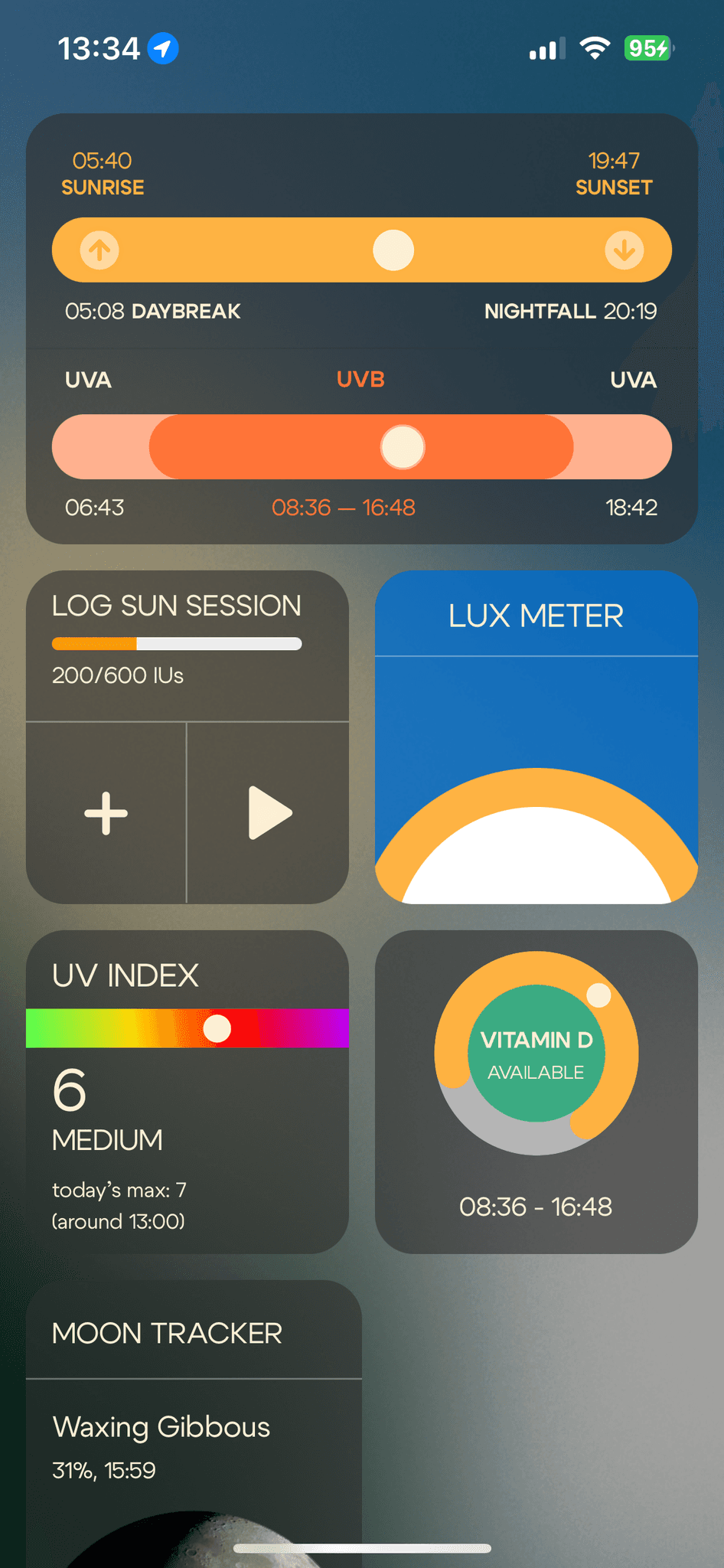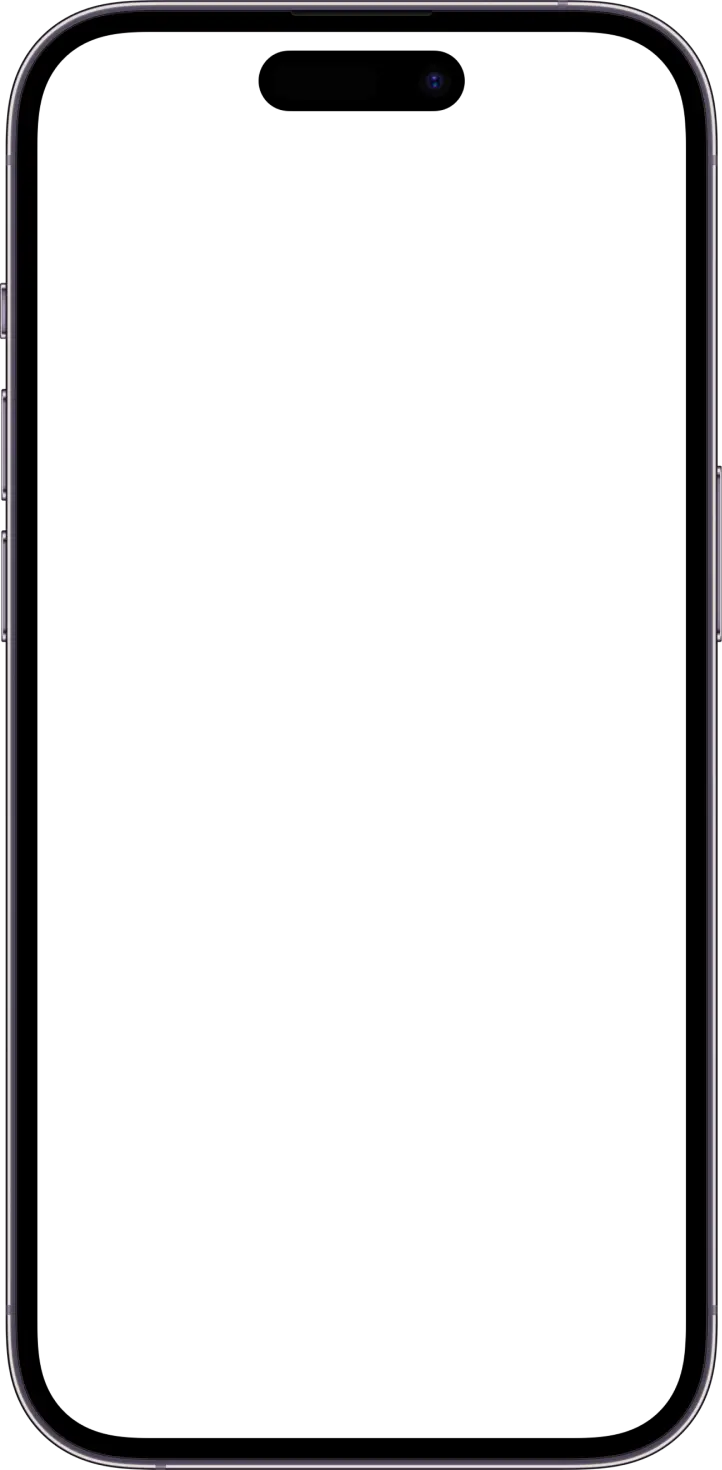
Vitamin D availability
Vitamin D is primarily synthesized in the skin when exposed to UVB rays from sunlight. The availability of vitamin D depends on several factors, including the time of day, season, geographical location, and weather conditions.
Here’s when and how vitamin D is available through sunlight exposure:
1. Time of Day
Vitamin D synthesis occurs when UVB rays reach the skin, and this typically happens when the sun is high in the sky - above 30 degrees:
Midday (10 a.m. to 2 p.m.): This is when UVB rays are most intense, and vitamin D production is optimal. Spending time outside during this period allows the body to produce the most vitamin D in a short amount of time.
Early morning and late afternoon sun exposure, while beneficial for circadian rhythms, has less UVB, so it produces little to no vitamin D - depending on your proximity to the equator, your mitochondrial haploytpe & your skin type.
2. Season
Summer: In the Northern hemisphere: UVB rays are stronger during the summer months, making it easier to produce vitamin D.
Winter: In higher latitudes (e.g., areas far from the equator), UVB rays may be too weak during the winter months to trigger sufficient vitamin D production. In some regions, there may be little or no UVB available for months at a time.
3. Geographical Location
Equator: Areas closer to the equator receive more consistent UVB exposure year-round, allowing for continuous vitamin D production.
Higher Latitudes: Locations farther from the equator, such as northern parts of the U.S., Canada, and Europe, experience seasonal variations in UVB availability. In these areas, vitamin D may only be synthesized in the skin during late spring, summer, and early fall.
4. Weather and Clouds
Clear Skies: UVB radiation is most effective when the skies are clear. Direct sunlight enables maximum vitamin D production.
Cloudy or Overcast Skies: Clouds can block some UVB rays, reducing the potential for vitamin D synthesis. However, UVB can still penetrate clouds to some degree, so some vitamin D can be produced on cloudy days, though at lower levels.
5. Altitude
Higher Altitudes: At higher altitudes, UVB radiation is more intense because there is less atmosphere to filter it out. Therefore, people living in mountainous regions may produce more vitamin D with the same amount of sun exposure compared to those at sea level.
6. Surface Reflection
Snow, Sand, and Water: These surfaces can reflect UVB rays, enhancing vitamin D production. For example, during winter, snow-covered areas can boost UVB exposure.
7. Skin Exposure
More Skin Exposed: The more skin exposed to direct sunlight, the more vitamin D your body can produce. Short sleeves, shorts, or swimsuits are ideal for maximizing vitamin D synthesis.
In summary, vitamin D is most effectively produced when UVB rays are present, primarily during midday in the spring and summer months, especially in locations closer to the equator. To optimize vitamin D levels, it’s essential to spend time outdoors during these peak UVB periods.
Our latest stories:
See all posts




